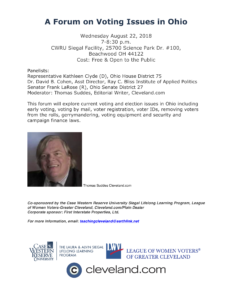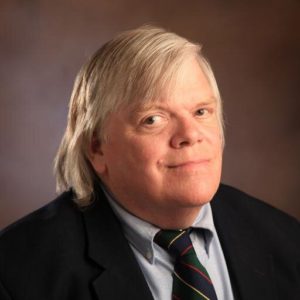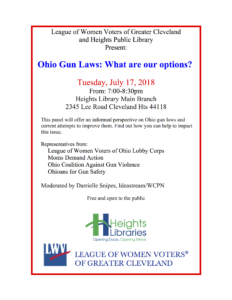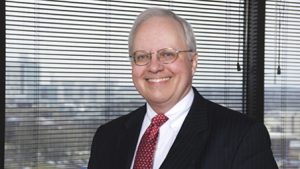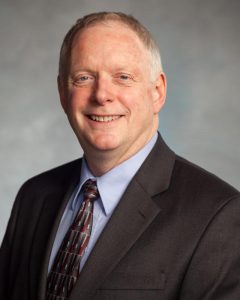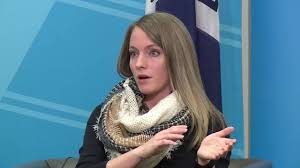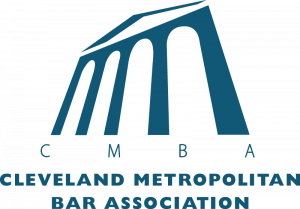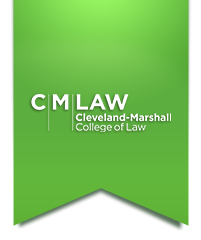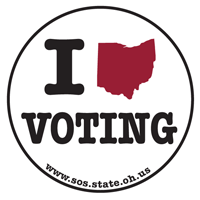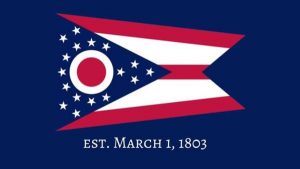
A brief history of the Ohio income tax
by Michael F. Curtin
Gov. John Kasich keeps swinging his ax at Ohio’s state income tax.
When he launched his 2010 campaign, Kasich revealed a dream of abolishing the tax. He won’t accomplish that, but his fourth and final budget proposal represents his fourth consecutive whack at it.
“We’ll march over time to destroy that income tax that has sucked vitality out of this state,” Kasich declared at his 2010 campaign kickoff.
The nexus between Ohio’s income tax and its economic fortunes is questionable. Forty-three states have income taxes. As of 2014, Ohio’s per-capita income-tax burden ranked 34th, says the conservative Tax Foundation.
In the modern era, conservatives argue the tax punishes initiative and slows economic growth. Progressives defend graduated income taxes as essential for reducing the average Joe’s overall tax burden.
This ideological fault line didn’t always exist. In the early 1900s, as the Progressive Era gained steam, federal and state leaders — Democrats and Republicans — simultaneously took interest in the idea of taxing incomes.
In September 1906, Republican Gov. Andrew L. Harris appointed a five-man tax commission “to investigate the tax laws of this state and to make recommendations for their improvement.”
In June 1909, President William Howard Taft, a Republican, proposed a constitutional amendment giving Congress the power to levy income taxes; the amendment was ratified in 1913.
The work of Ohio’s tax commission prompted delegates to the state’s 1912 constitutional convention to consider a state income tax. The question was put to Ohio voters that September. By a 52-48 vote, Ohioans authorized the General Assembly to consider income taxes, with uniform or graduated rates.
The General Assembly was not quick to use this authority. As the 20th century unfolded, the state looked elsewhere for revenues. In response to needs created by the Great Depression, in 1934 Ohio enacted a statewide sales tax of 3 percent. In 1967, it was raised to 4 percent.
However, pressures for an income-tax increased throughout the 1960s. In 1962, Tax Commissioner Stanley J. Bowers predicted Ohio would need an income tax within five years, primarily to relieve excessive burdens placed on real estate and personal property.
In 1968, a tax-study committee led by state Rep. Albert H. Sealy, R-Dayton, held 24 hearings across the state. Business interests, led by the Ohio Farm Bureau, the Ohio Contractors Association and the Ohio Hardware Association, voiced support for an income tax to offset the hated personal-property tax, which bore no relation to profitability.
In December 1971, after a half-century of buildup, Democratic Gov. John J. Gilligan and a Republican legislature adopted a state income tax, with rates ranging from 0.5 to 3.5 percent. The Republican game plan was to give Gilligan just enough votes to pass the tax, then clobber him with it in 1974.
When conservatives led by state Rep. Robert Netzley qualified a repeal for the November 1972 ballot, Ohio Republican Chairman John Andrews worked behind the scenes in opposition. The Ohio GOP platform that year remained silent on the issue. The repeal failed by more than 2 to 1. There were many reasons for Gilligan’s subsequent defeat, but the GOP tax strategy was pivotal.
The 1981-82 recession prompted Republican Gov. James Rhodes — a master of the “temporary tax” — to win approval of a 50 percent increase in the income tax. His successor, Democrat Richard Celeste, solidified it, adding another 40 percent over pre-1982 levels.
Those increases prompted another repeal effort, this time led by conservative state Sen. Thomas Van Meter. The repeal failed, 56-44.In 1984, for the first time, state income-tax collections surpassed sales-tax collections. By 2005, income-tax revenues accounted for nearly half of all state revenues, far outpacing the sales tax.Since then, the tide has run in the other direction. Under Govs. Bob Taft (1999-2007) and Kasich (2011-present), state income-tax rates have been slashed 30 percent. Sales-tax collections now far outpace income-tax revenues.
Kasich hopes to accelerate that trend, proposing a 17 percent reduction in income taxes, offset by increasing the sales tax to 6.25 percent, from 5.75 percent.
But even with Republican supermajorities in the House and Senate, Kasich might find a shortage of fellow ax wielders. Over time, the income tax comes in handy.
This piece originally ran in the Columbus Dispatch on Wednesday February 15, 2017
Columbus native Michael F. Curtin was formerly a Democratic Representative (2012-2016) from the 17th Ohio House District (west and south sides of Columbus). He had a 38-year journalism career with the Columbus Dispatch, most devoted to coverage of local and state government and politics. Mr. Curtin is author of The Ohio Politics Almanac, first and second editions (KSU Press). Finally, he is a licensed umpire, Ohio High School Athletic Association (baseball and fastpitch softball).
